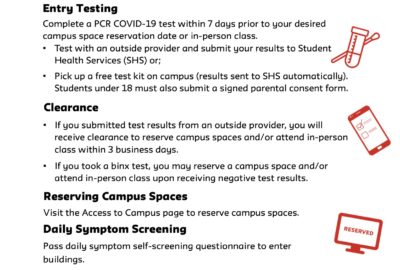
By James A. Parrott and Nicholas B. Martin (MS ’19)
Despite an early history as a national leader in safeguarding the interests of workers injured on the job, New York’s workers’ compensation system has eroded considerably over the years, as legislative and administrative changes have often focused on curtailing benefits rather than adapting to changes in the economy, workforce, and business practices. While legislative changes in 2007 and 2017 included some positive measures, for the most part changes significantly lessened the adequacy of worker benefits. The unfortunate result is that the focus of workers’ compensation in New York has shifted away from fairly compensating injured workers for the reduction in their lifetime earnings potential that results from workplace injuries.
Improvements in reducing workplace injuries have slowed in many industries, particularly those employing low-wage workers, and New York has seen a disturbing rise in fatal workplace injuries in recent years. More than half of those receiving payments for lost worktime injuries are low-wage workers, and, prior to injury, three-fourths earned less than the state’s average wage. Many aspects of New York’s workers’ comp benefit structure combine to deliver inadequate lost-worktime compensation to injured workers. These include minimum and maximum benefit levels trailing neighboring and many other states, caps on compensation for temporary and permanent disabilities, and an outdated two-thirds ratio of compensation relative to a worker’s pre-injury wage.
Employer costs for workers’ compensation are a very small 0.7 percent share of total employee compensation and rank in the middle range of costs for all 50 states. Since the 2007 “reforms,” payments to or on behalf of workers have fallen relative to workers’ comp premiums while insurance company profits have soared. Workers’ comp insurance company profits skyrocketed to $1.6 billion in 2018 and rather than improving the benefit structure for injured workers, premium rates are being slashed. The State Insurance Fund had net income of over $1 billion in 2018, and now has a surplus (beyond reserves needed to pay incurred benefits) of over $7 billion.
The Empire State needs to take a fresh look at its workers’ comp system in order to restore the priority of fairly compensating victims of workplace injuries and ensure that businesses responsibly invest in enhancing workplace safety.
James Parrott is Director of Economic and Fiscal Policies at the Center for New York City Affairs.
Nicholas B. Martin (Public and Urban Policy MS ’19) was a research assistant at the Center in the spring of 2019 when the initial report was written. Since the fall of 2019 he has been a budget and policy analyst at the Independent Budget Office of New York City. He did not work on this revised report.
This post was originally published on the Center for New York City Affairs website.



